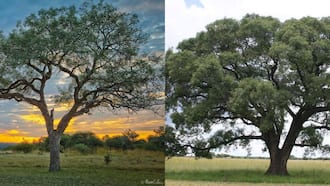20 famous African musical instruments: names and pictures
The glory of African music is inseparable from our long-time artistry with musical instruments. However, it is becoming harder to distinguish African musical instruments because they are slowly losing their native touches. Their sophistication and frequent use in international theatres prove that Africa deserves more credit.
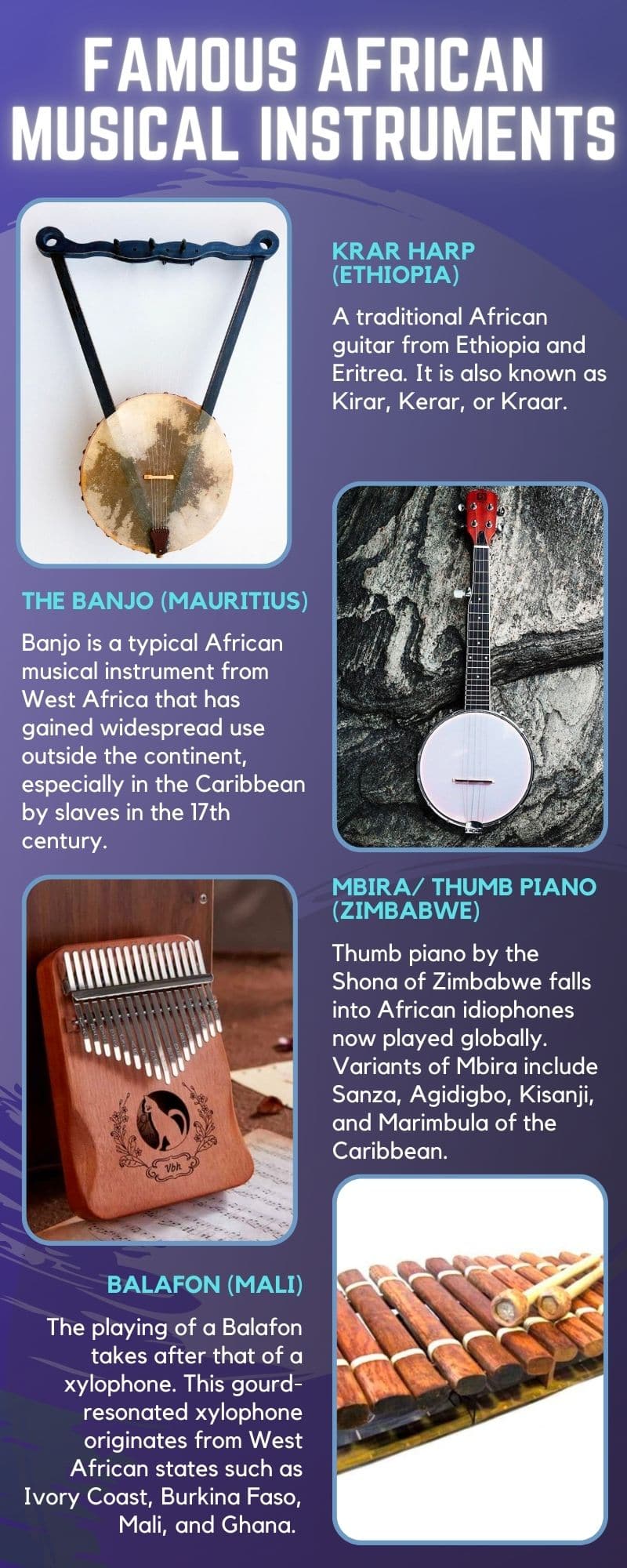
Source: UGC
How many African percussion instruments are there? Despite the numerous musical instruments worldwide in the wake of western civilization, the variety of African musical instruments and genres remains obvious. The continent continues to refine and rediscover better instruments for more charming performances, and Africa is home to different types of instruments now used by artists worldwide.
20 famous African musical instruments
What instruments are used in African music? A display of African art through songs and dances was fundamental in traditional gatherings, where the skillful play of instruments ensured the continuity of tribal heritage.
African compositions come enriched with different instruments, such as sl*t gongs, double bells, drums, harps, fiddles, flutes, trumpets, and xylophones, to name a few. The continent has since advanced its art to produce even better music equipment, inspiring international trends.
1. Krar Harp (Ethiopia)
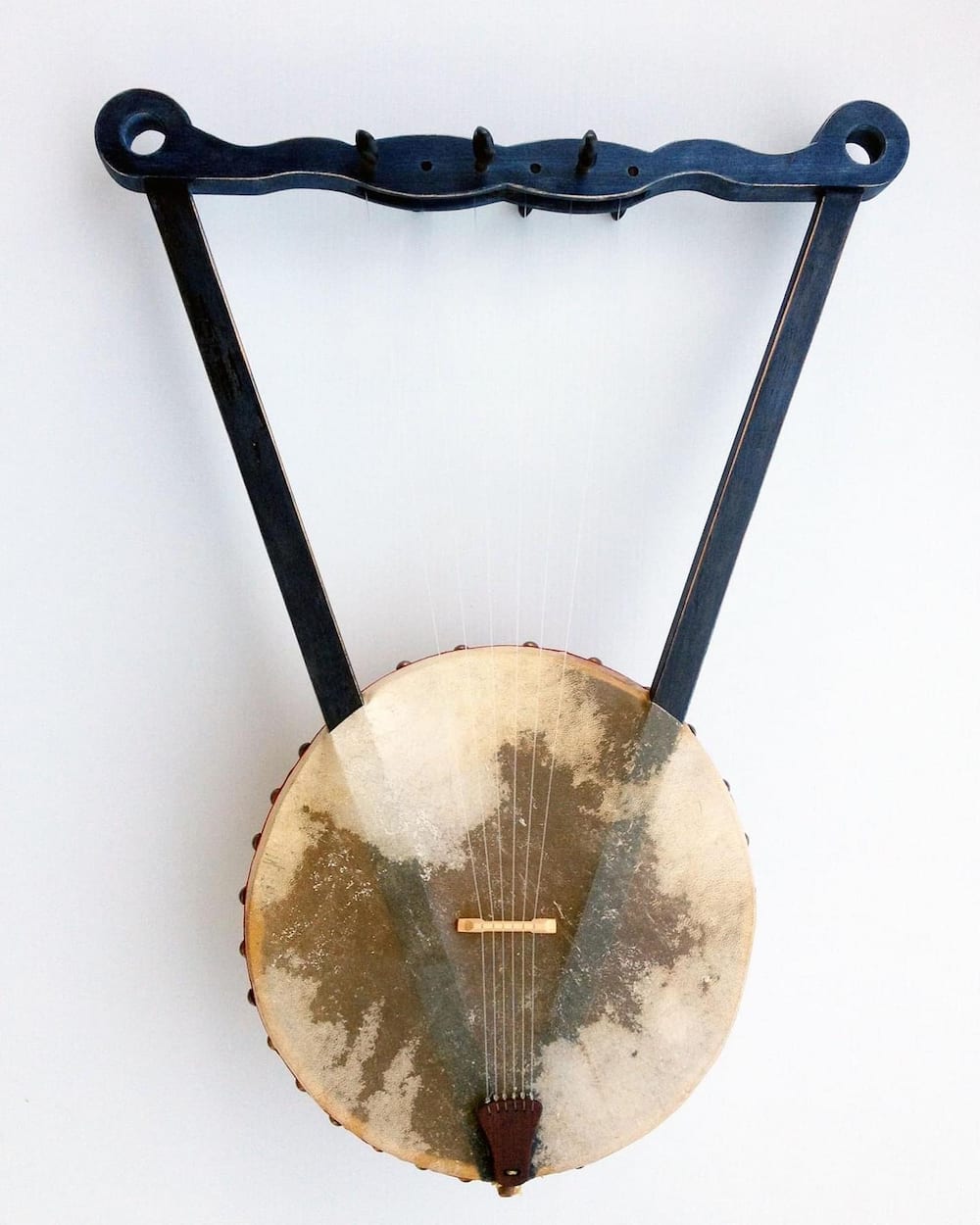
Source: Facebook
A traditional African guitar from Ethiopia and Eritrea. It is also known as Kirar, Kerar, or Kraar. This five or six-stringed bowl-shaped lyre decorated with beads, cloth, and wood is tuned to a pentatonic scale and can be amplified like a violin or electric guitar.
2. The Banjo (Mauritius)
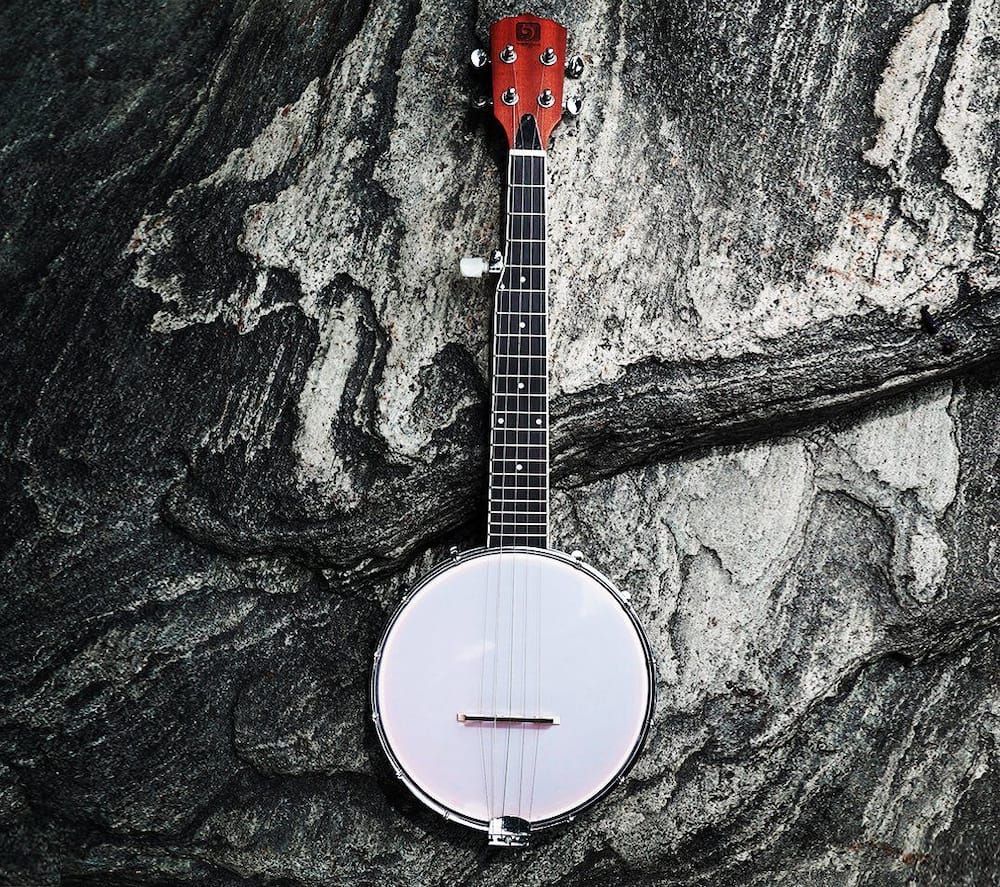
Source: Facebook
Banjo is a typical African musical instrument from West Africa that has gained widespread use outside the continent, especially in the Caribbean by slaves in the 17th century. The body of this instrument resembles a tambourine with a hoop and screw securing the vellum belly to the frame. This stringed musical instrument with a thin membrane stretched over a cavity or frame to form a resonator resembles Akoting.
3. Mbira/ thumb piano (Zimbabwe)
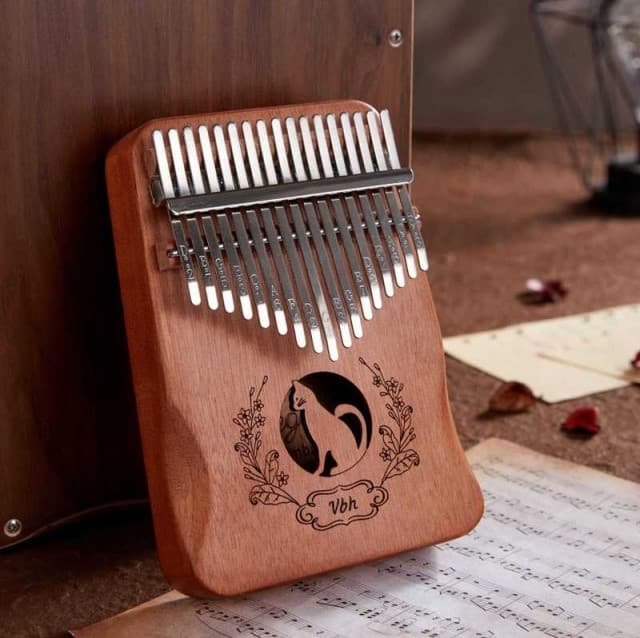
Source: Facebook
Thumb piano by the Shona of Zimbabwe falls into African idiophones now played globally. Variants of Mbira include Sanza, Agidigbo, Kisanji, and Marimbula of the Caribbean. Made of a wooden board with attached staggered metal tines, it is played with the thumbs and one finger. Mbira is prevalent in hip-hop and other African music genres.
4. Balafon (Mali)
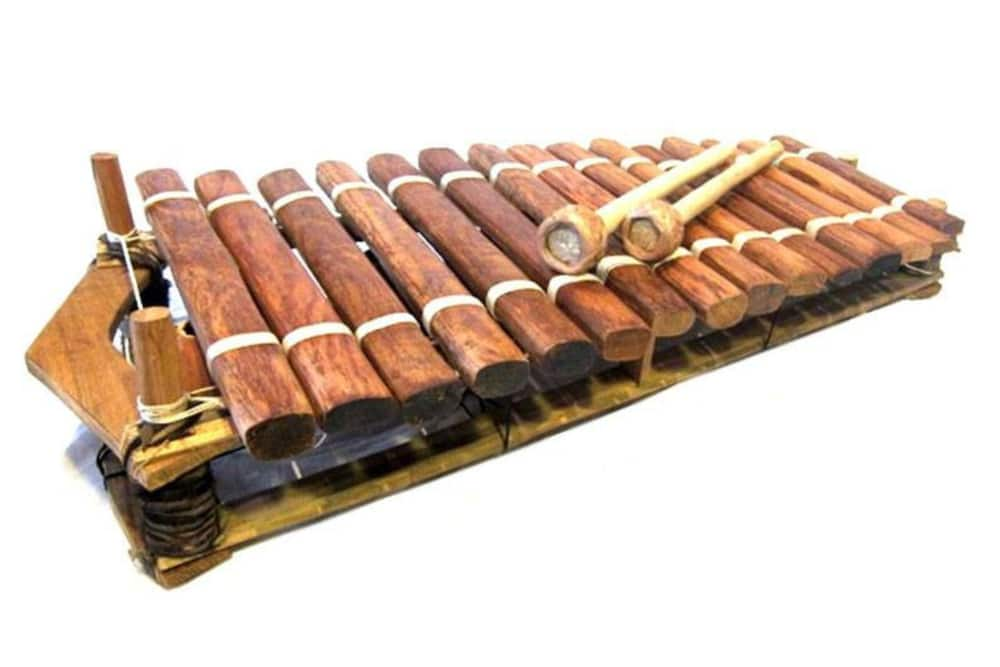
Source: Facebook
The playing of a Balafon takes after that of a xylophone. This gourd-resonated xylophone originates from West African states such as Ivory Coast, Burkina Faso, Mali, and Ghana.
Historical records reveal that the instrument has been used since the 12th century CE when it spread from its founding home in Mali. There are several variations of this valuable equipment, which can flexibly produce a wide variety of notes.
5. Ekwe (Nigeria)
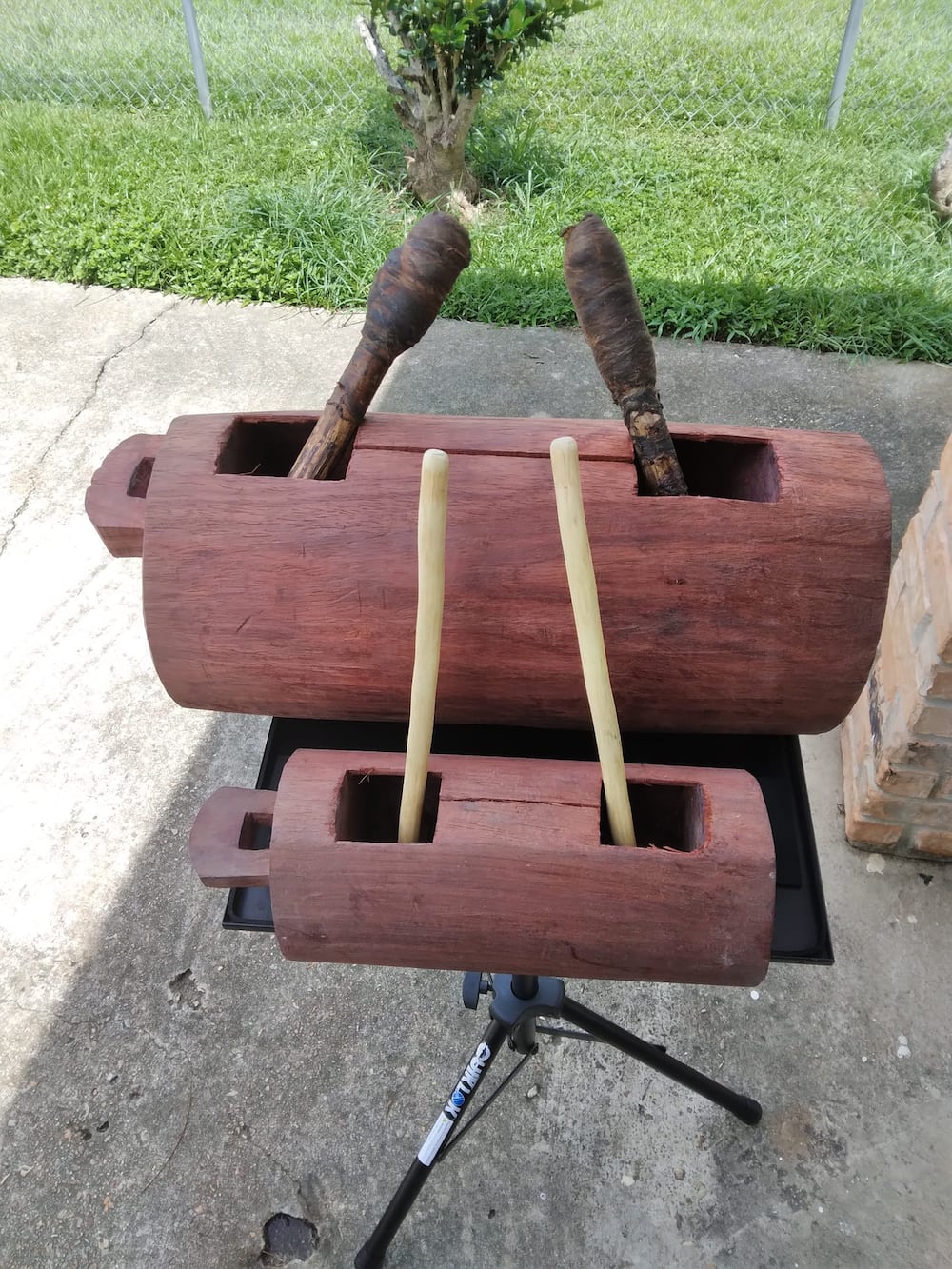
Source: Facebook
Ekwe is a wooden drum-like traditional Igbo musical instrument designed with rectangular cavity sl*ts. The Igbo people made Ekwe from different sizes of tree trunks depending on the purpose. The variants of Ekwe are alimba (Zaire), mukoku (Congo), and Krin (Guinea).
6. Djembe (Mali)
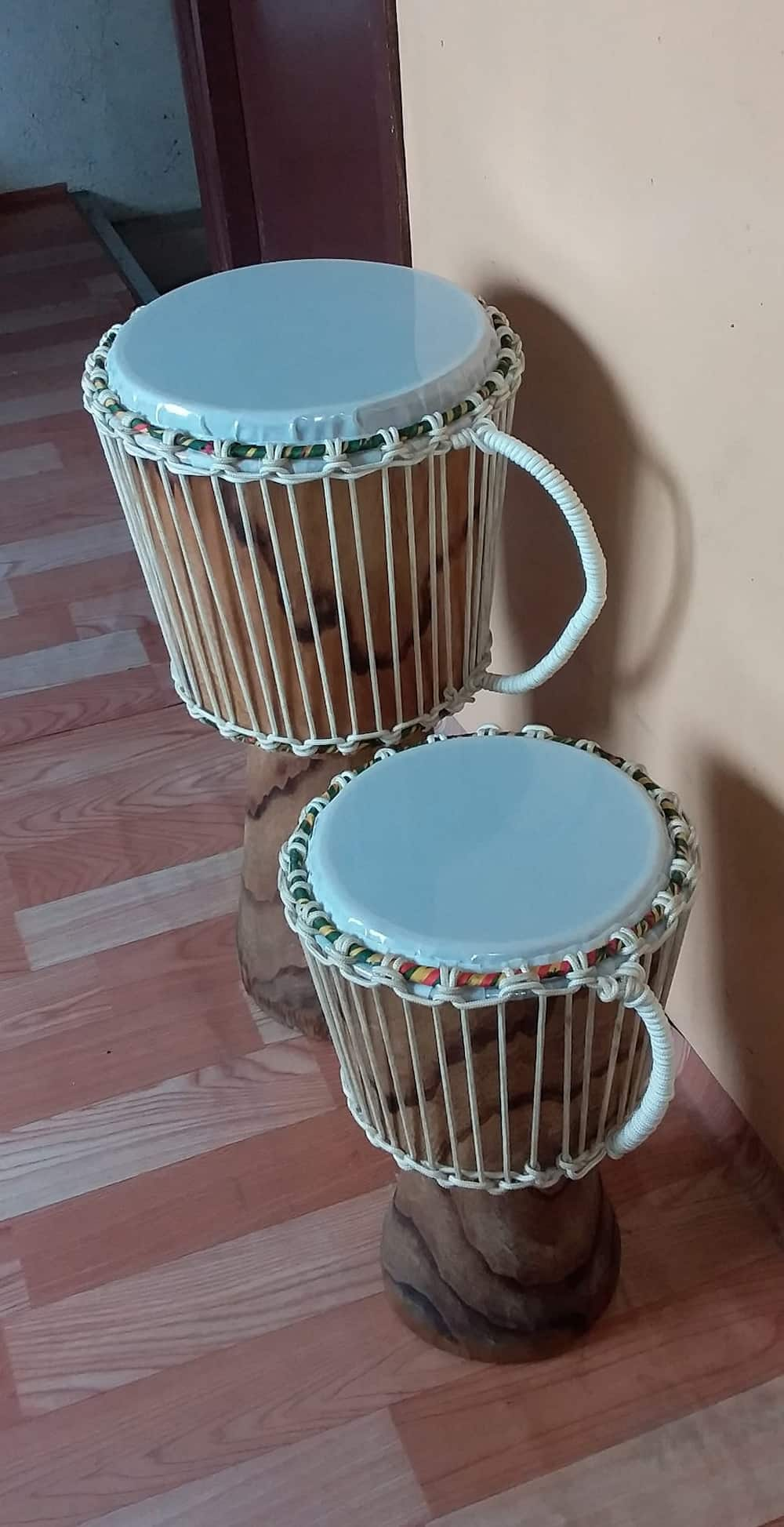
Source: Facebook
Djembe is one of the most popular African shakers instruments, considered a masterpiece of art from Mali's Mandinke caste of blacksmiths called Numu.
This rope-tuned skin-covered drum has a unique goblet design that makes it portable and can be played with bare hands. The instrument spread quickly in the thirteenth century to neighbouring states such as Burkina Faso, Gambia, Ivory Coast, and Senegal.
7. Akonting (Senegal)
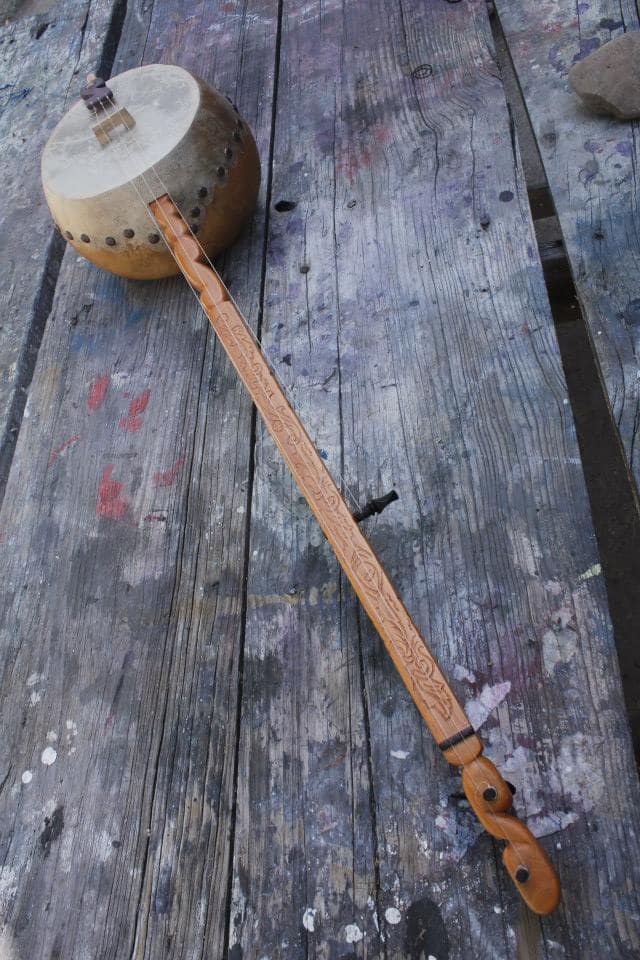
Source: Facebook
Akoting, also called Akonting, is a Senegalese musical instrument now making airwaves in different music genres. This folk lute of the Jola tribe is also used in other West African states such as the Gambia and Guinea Bissau. Earlier tales reveal that Akonting is a precursor of the modern-day banjo.
8. Kora (Senegal)
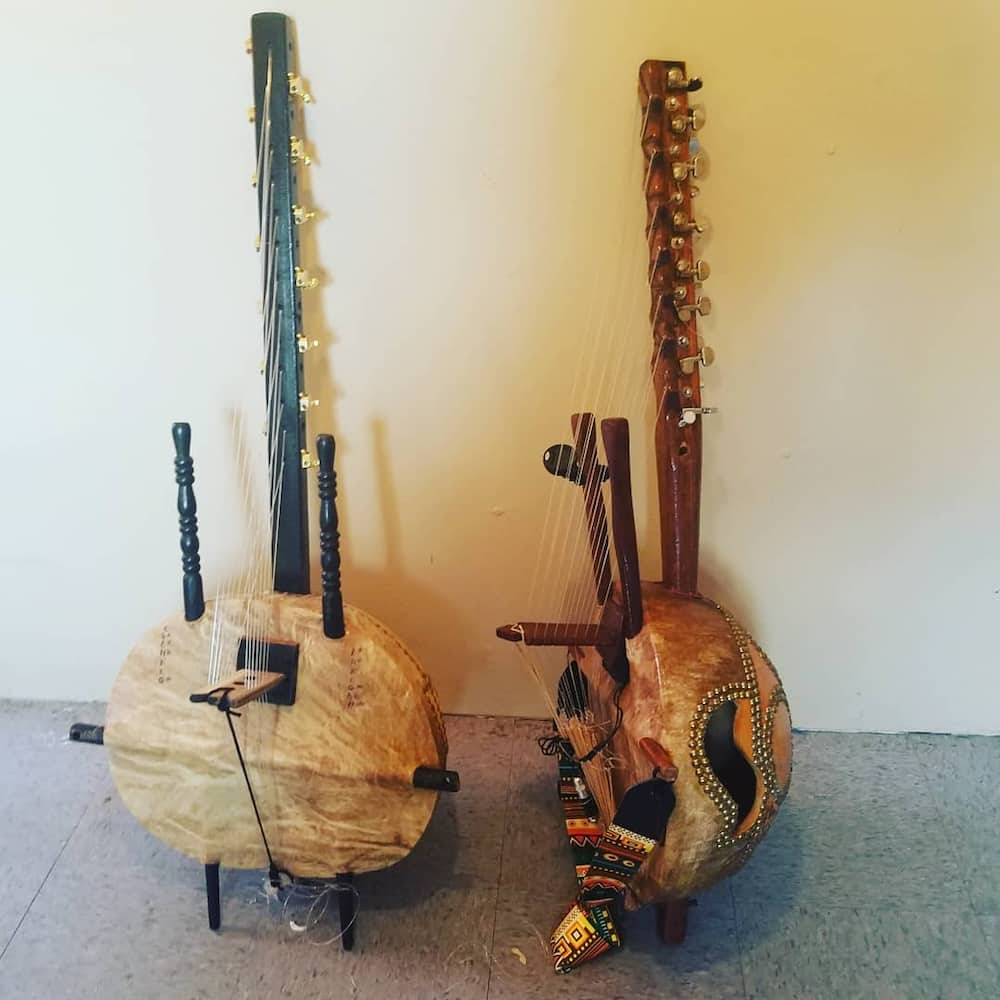
Source: Facebook
Kora is Senegalese stringed equipment from the Jali families. The equipment is a calabash design covered in the skin for relaxing accompaniments. Its extensive use in modern entertainment has given birth to several variants, including the Gonje and Ngoni.
9. Udu (Nigeria)
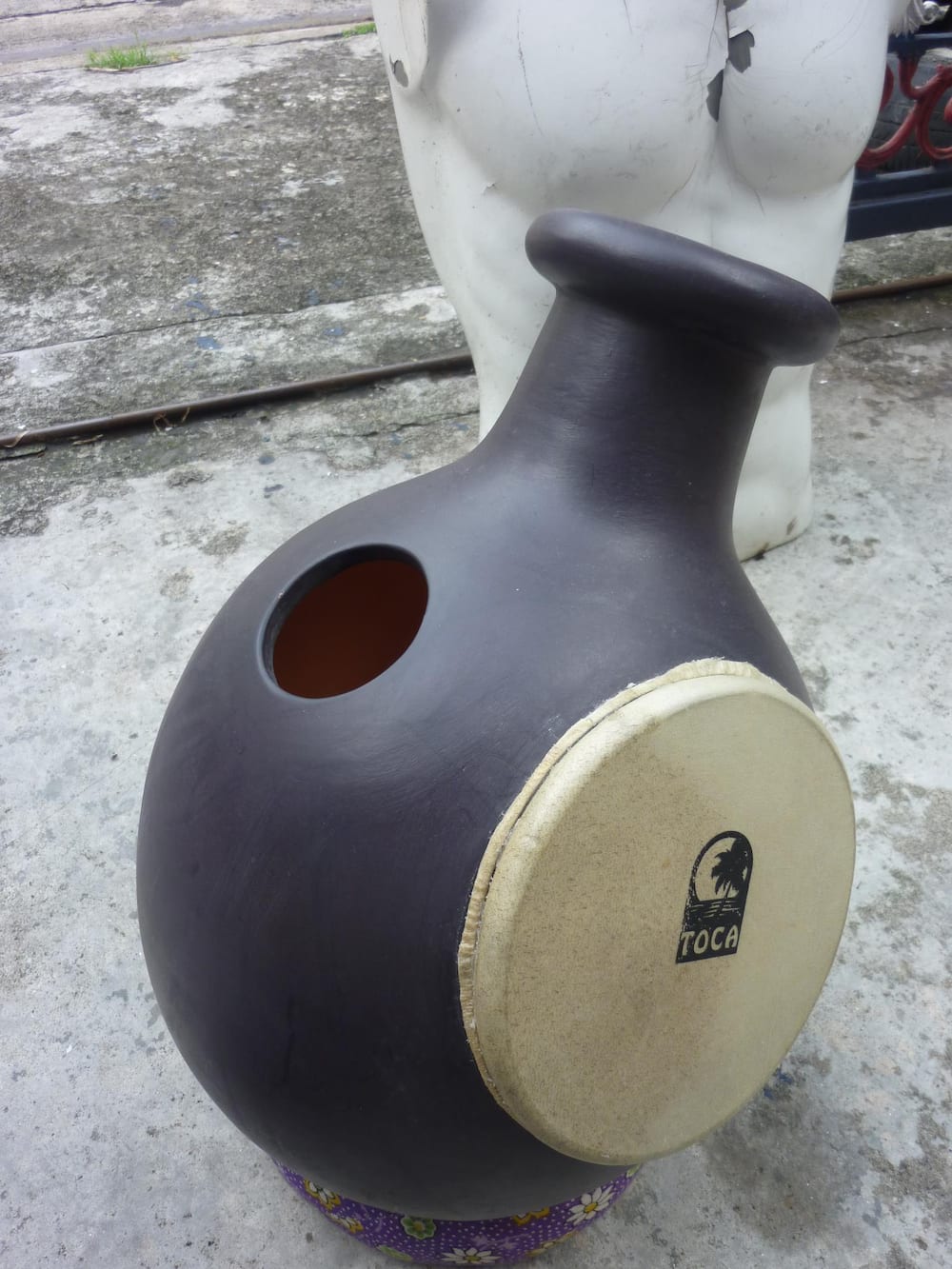
Source: Facebook
Udu has been around for centuries as a significant source of entertainment for the people of Nigeria. It is a water jug with an additional hole, made of clay and played by hand, whereby the player makes a bass sound by rapidly hitting the big hole.
This implosive aerophone and idiophone instrument of the Igbo has gained widespread use in other parts of the world for its refined sound and quality of music.
10. Algaita (Nigeria)
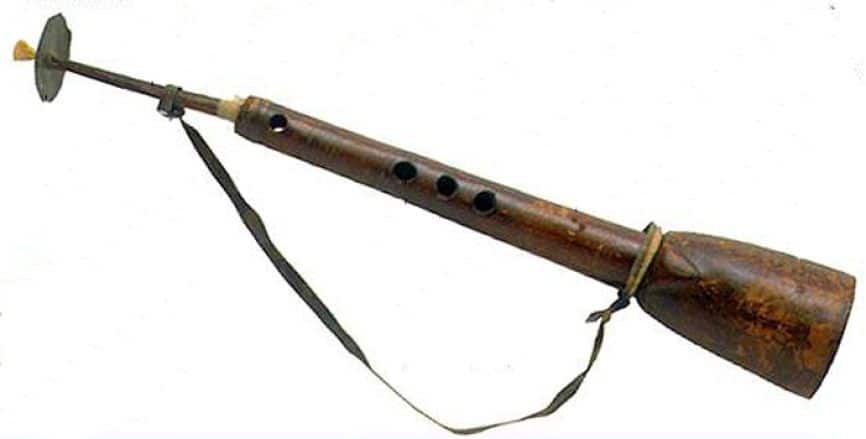
Source: Facebook
Algaita is one of the most beautiful famous double-reed African woodwind instruments from West Africa, commonly favourite in international Jazz compositions. The Kanuri people of Nigeria are the founders of this timeless art of music, but it is also common among the Hausa.
11. Marimba (Zimbabwe)
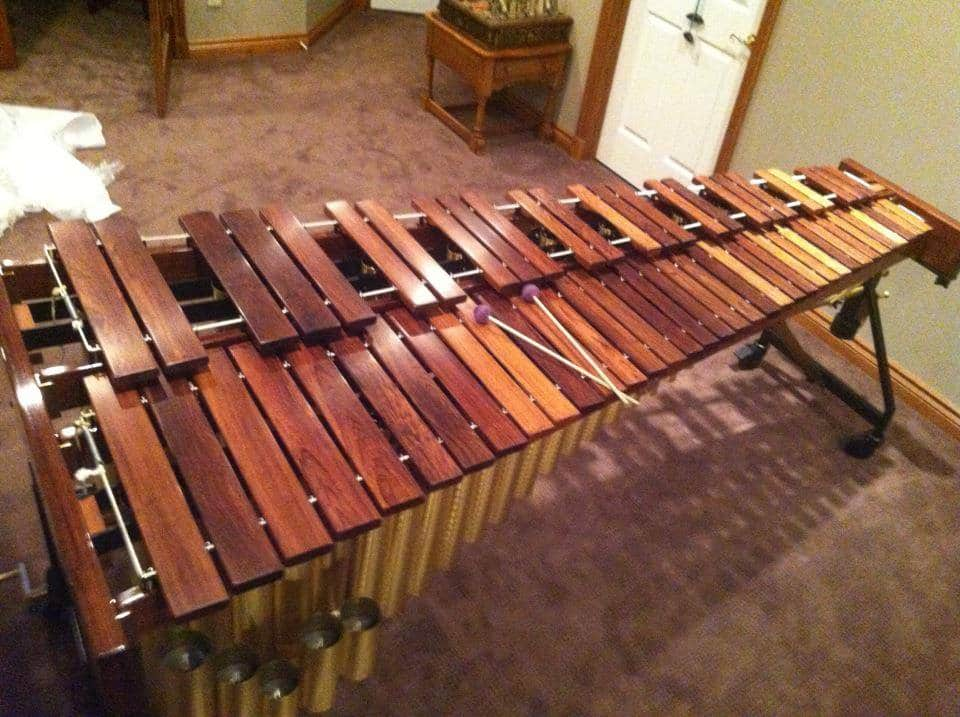
Source: Facebook
Marimba, made of wooden bars struck with rubber or yarn mallets to produce musical tones, is renowned for its harmonious notes that follow the patterns of a piano.
Its popularity spilt to Central America in the seventeenth century, and several countries worldwide have adopted it. Marimba is one of the indigenous African American instruments now called the Mother of Song for its notes and popular variants.
12. Shekere (West Africa)
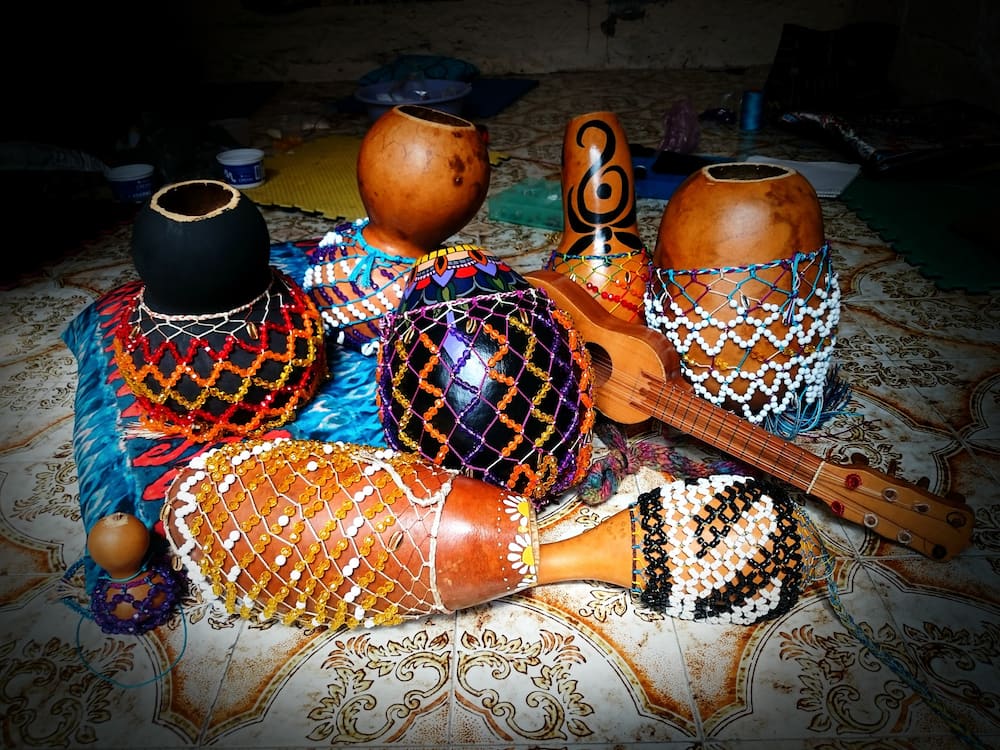
Source: Facebook
West Africa is home to the Shekere, made from a dried gourd with cowries or beads woven into a net covering the gourd. It is also a standard instrument in Latin America, and it is played by shaking or hitting hands.
13. Xylophone (East Africa)
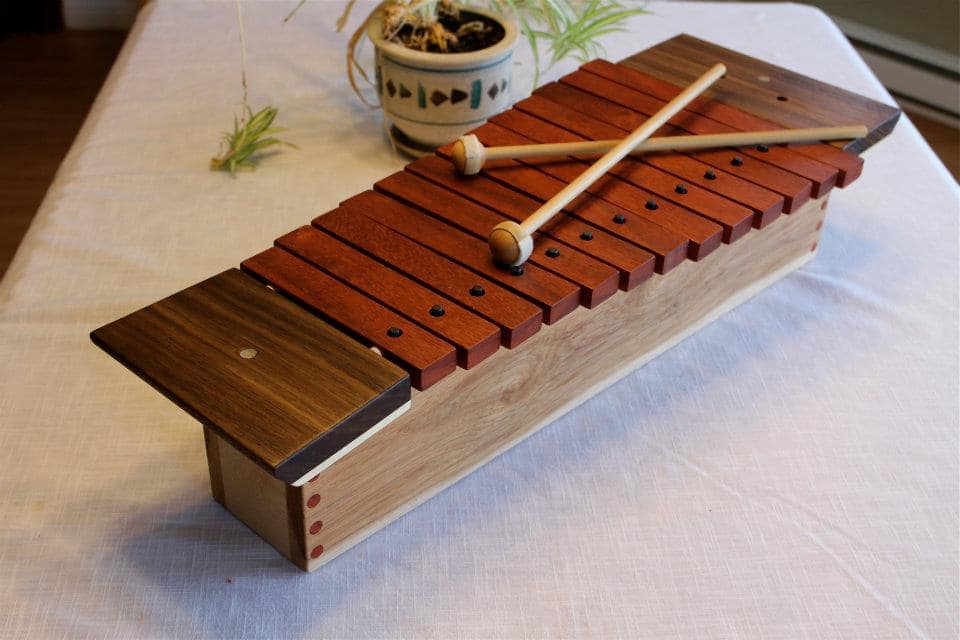
Source: Facebook
A xylophone is a musical instrument that first developed in the eastern parts of Africa. It is made up of wooden bars struck by mallets and is now a parent of several musical instruments, such as the Marimba and Balafon.
14. Fiddle (East Africa)
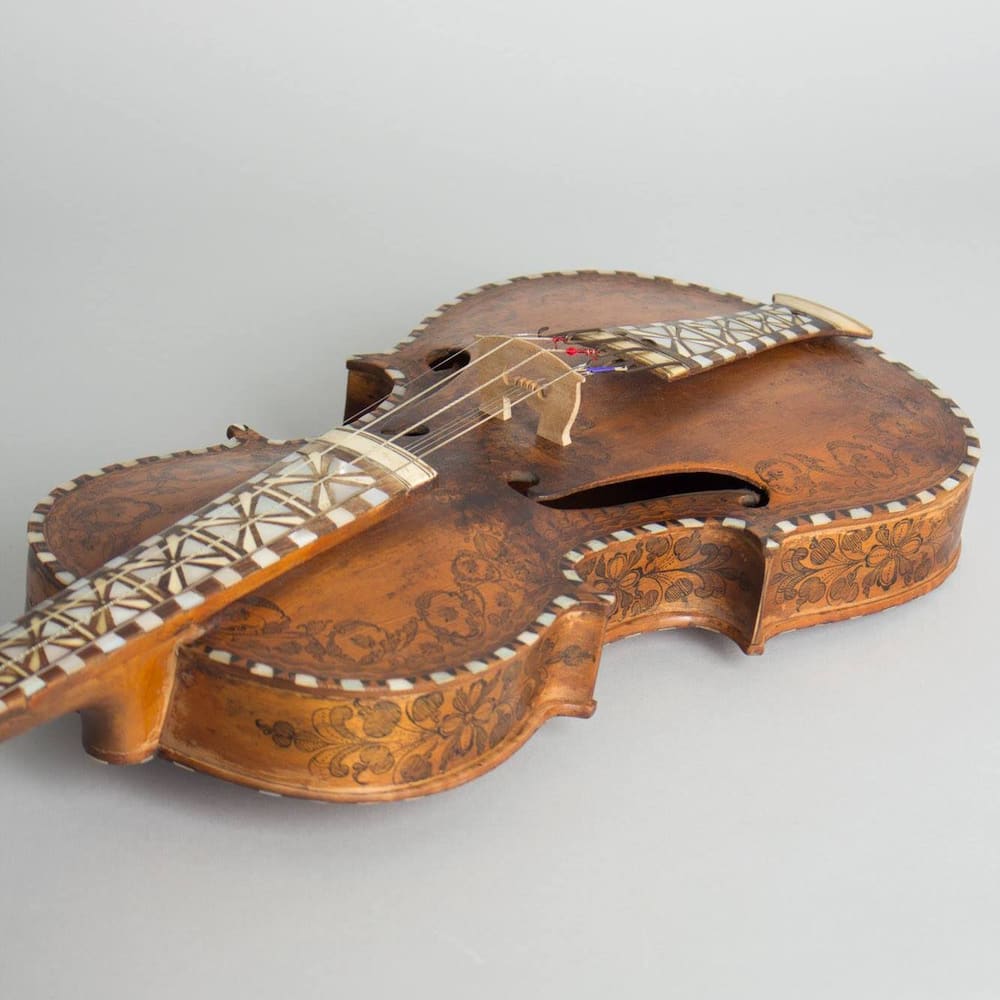
Source: Facebook
The African fiddle, like a violin, is one of the unique east African instruments with a bowed string. The Orutu of Luo ethnicity and Ong'eng'o of the Kisii tribe are among the most famous in East Africa. Fiddles are also common in the Saharan region, where they have been present for centuries, now as Ethiopian Masinko and the Berber Ribab.
15. Kassa flute (Guinea/Mali)
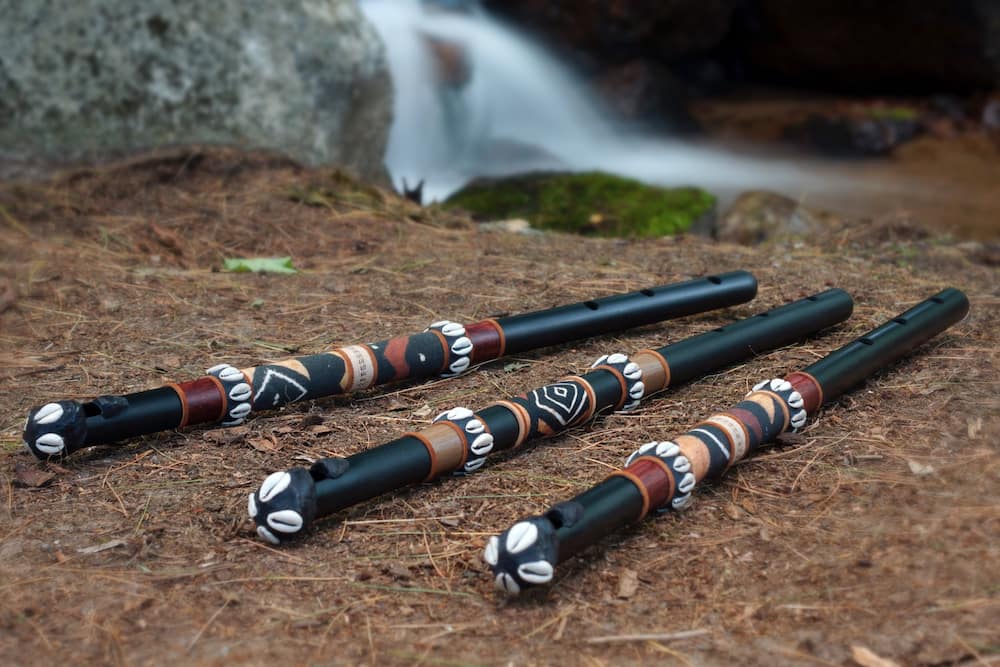
Source: Facebook
West Africa gifted the world a Kassa flute that has significantly changed the music landscape. These African wind instruments' popularity grew beyond the people of Malinke to entertain the world.
16. Bowl lyre (Uganda)
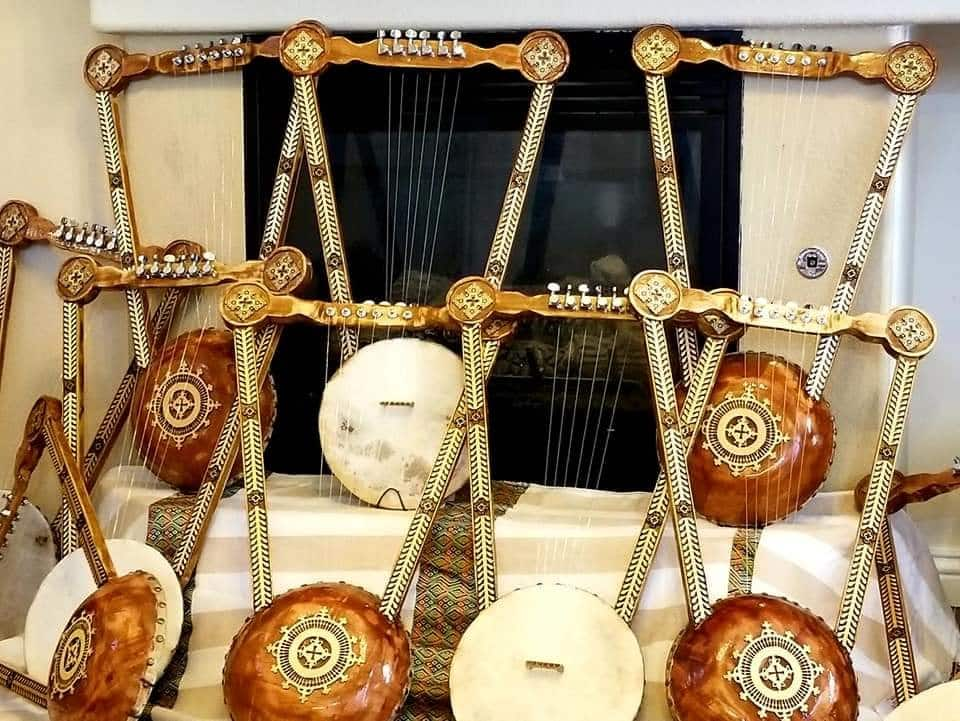
Source: Facebook
The Basoga of Uganda gave us this exciting instrument called Endongo in the Buganda language. Its modern variations are now rocking the world of entertainment with fine tunes.
17. Uhadi musical bow (South Africa)
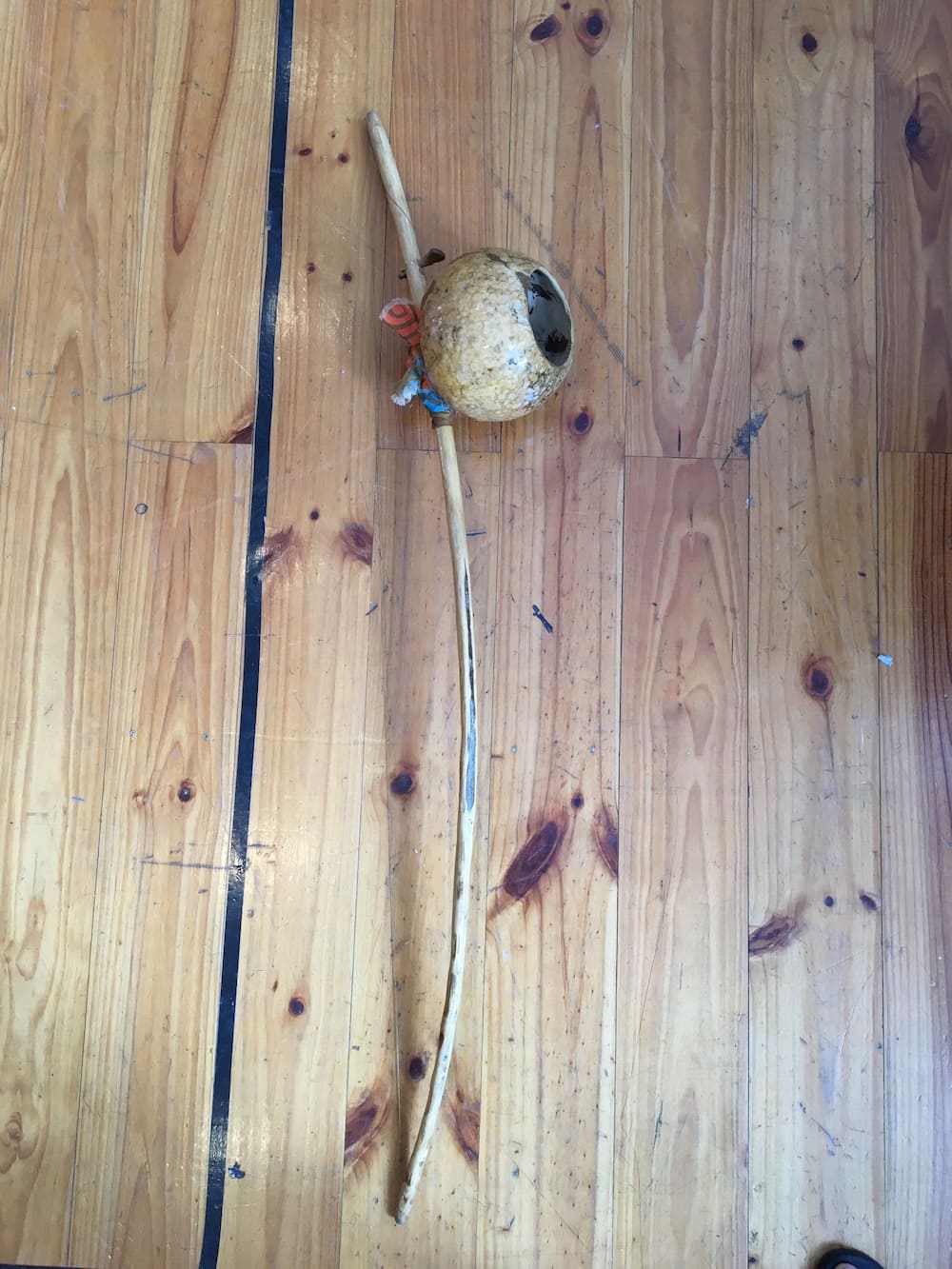
Source: Facebook
The Xhosa people are well-known for playing Uhadi musical bow that produces multiple notes. The Sotho and Zulu also use it in their compositions. The musical bow is speedily adapting to modern instrumentations and productions.
18. Mandole (Algeria)
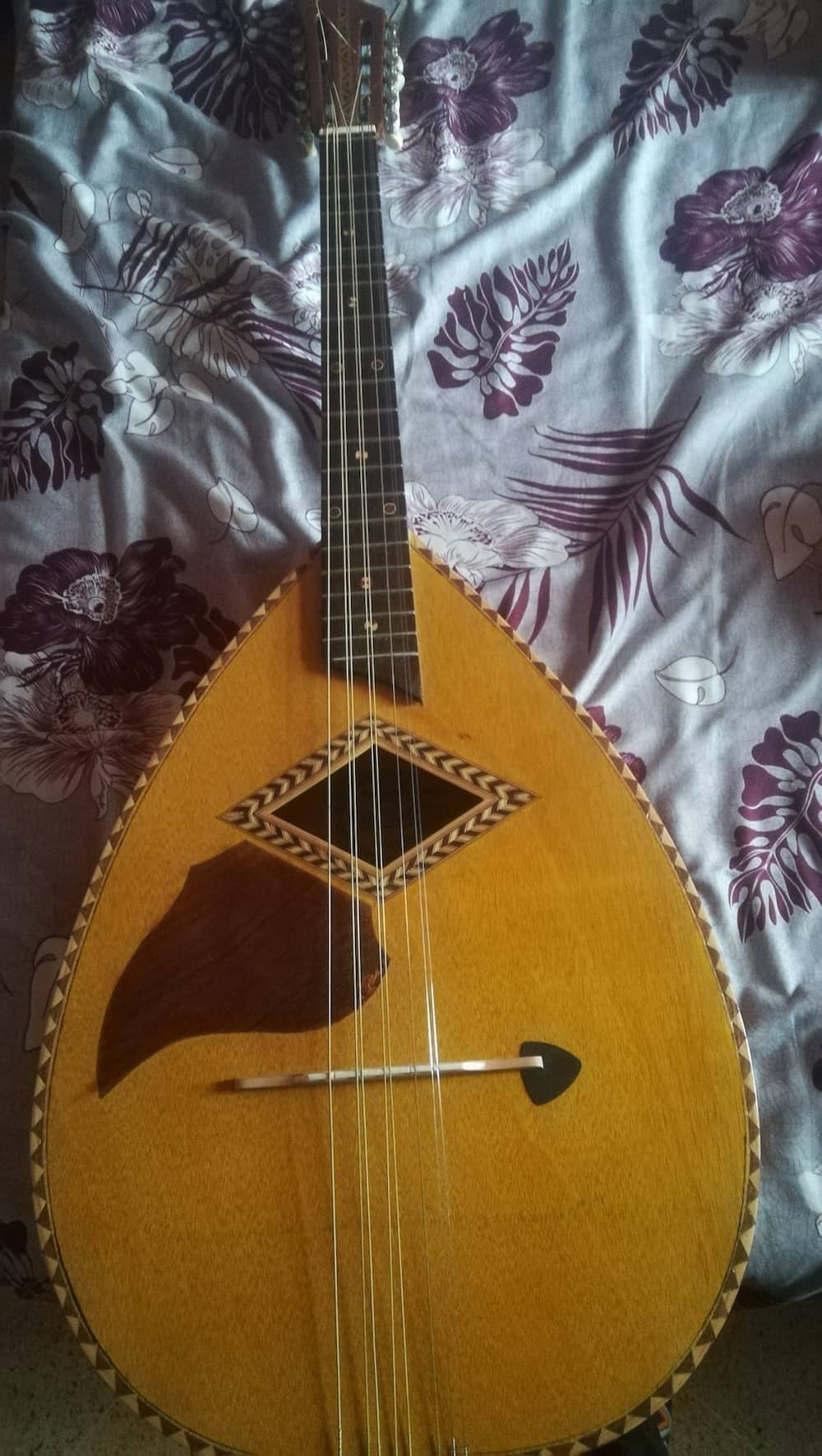
Source: Facebook
The origin of this Algerian equipment is often confusing because it bears a French name. This steel-string fretted instrument has an almond-shaped body constructed in a box like a guitar. It was developed in the early 20th century and speedily went viral for its musicality.
19. Ngoma drums (Congo)
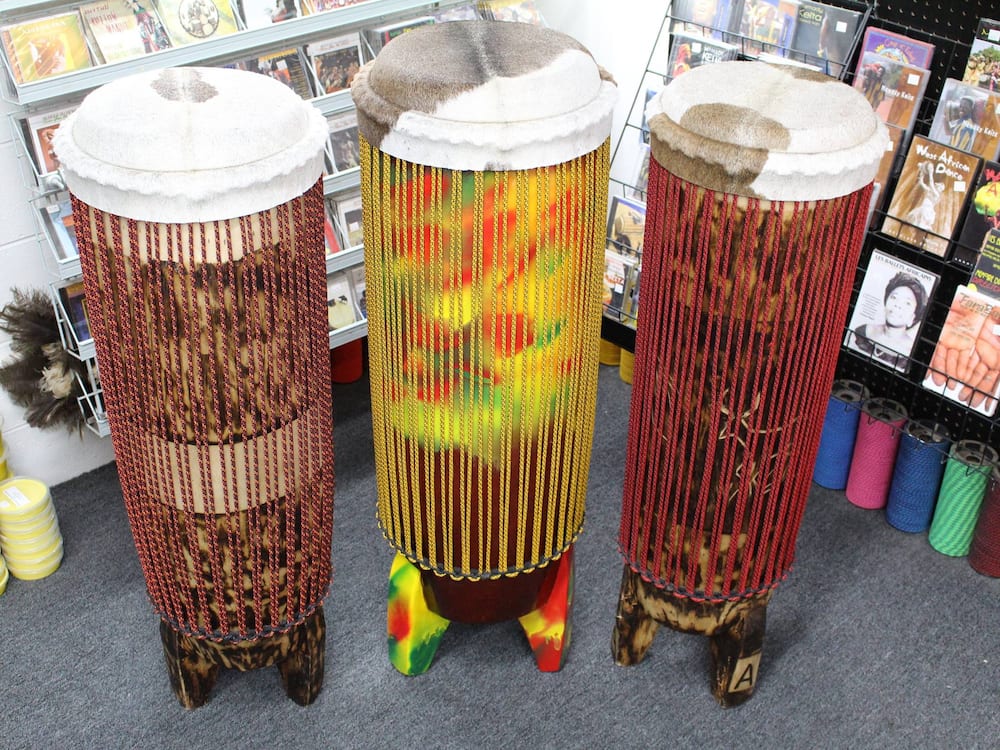
Source: Facebook
These drums are famous among Bantus but are now spilling beyond the continent for their entertaining notes. They are made of wood covered with cow/animal skin pegged on both ends and are usually played in groups of seven drums.
20. Bougarabou (West Africa)
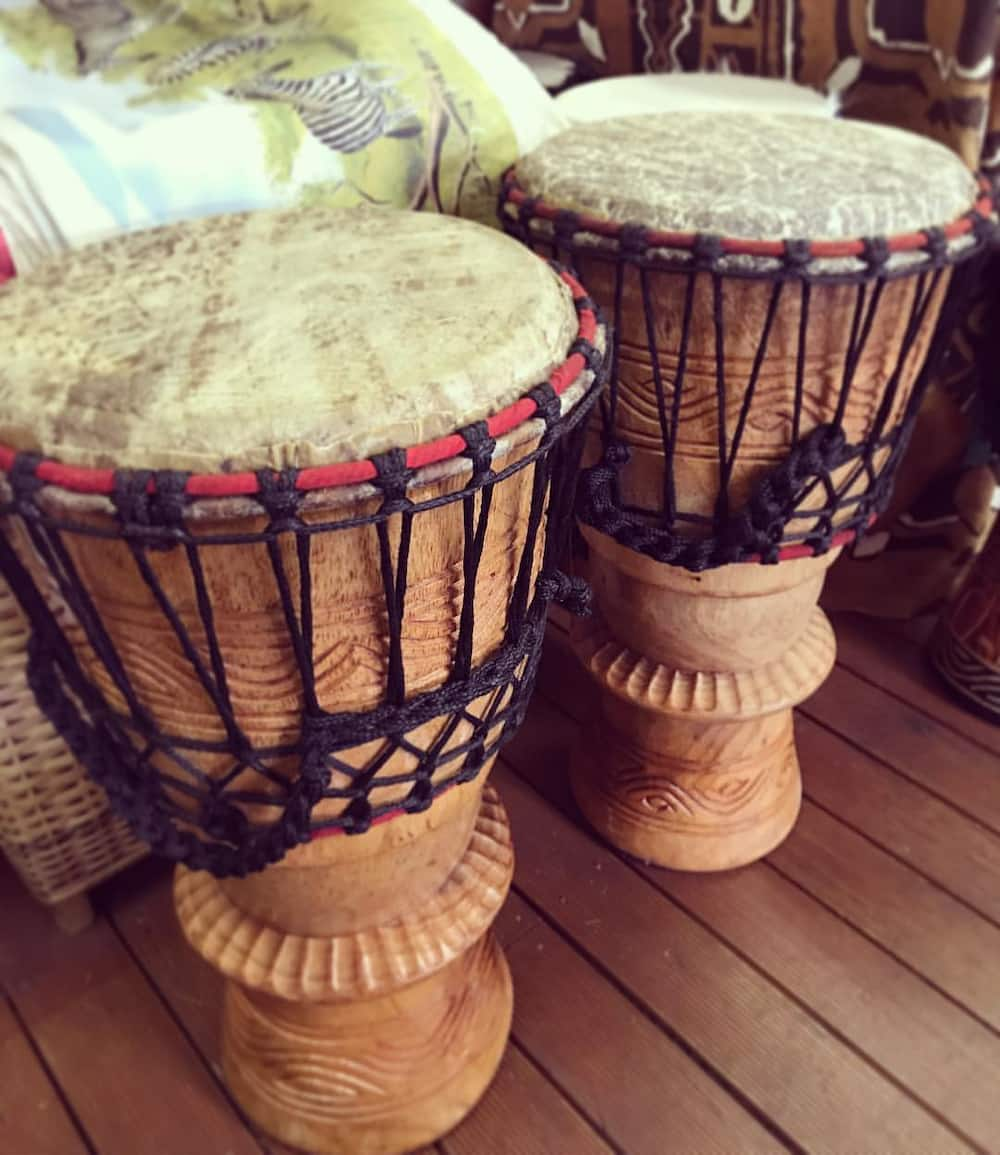
Source: Facebook
Also called Boucarabou, this western African instrument is now at the world's top for its broad appeal. It is made from cow skin, with an elongated goblet or roughly conical shape.
What instruments were used in West Africa?
Traditional Africans in the west invented and used instruments such as Akontings, Balafons, drums, Kora, Kashaka, flutes, and Ngoni, among others.
What are the five main categories of African musical instruments?
Thousands of African musical instruments categorize into five groups based on the sound produced. These are chordophones, membranophones, aerophones, percussion, and idiophones.
What are the eight types of African music?
Afrobeat, Benga, Bongo Flava, Kwaito, Ndombolo, Taarab, Desert Blues, and Apala are among the most vibrant genres. There are, however, several others that are as well doing locally and internationally.
What are the popular north African instruments?
African union instruments used in North Africa include the Oud, Derbouka, Tarija, Bendir, Tar drums and Doumbek.
What is an African flute called?
Flutes have different names in different communities. The Tambin flute is a typical instrument found in the music of the Peuhl people of West Africa. Tambins are primarily made of Guinean conical vine and are slightly more prominent when the musician blows on the flute than at the end with three finger holes.
What are African flutes used for?
African flutes were initially used as a traditional instrument, most often in funeral processions. They have also been used in contemporary and classical music since the twentieth century.
Did Africans invent the guitar?
The guitar was not invented; rather, it evolved from earlier instruments found in North Africa and the Middle East. Many people helped to develop this and many other musical instruments.
Who brought music to Africa?
The Egyptians influenced African music by using various musical instruments such as harps, flutes, drums, and cymbals. The arrival of Islam in the 7th century AD also had an impact on African music. Islamic music also significantly impacted African musical traditions, particularly in North Africa.
Different African communities have played a central role in the development of global music. Therefore, appreciating the diversity of African musical instruments is crucial in experiencing the flavours of our tunes, now far-reaching beyond drums and sticks.
READ ALSO: 15 African folktale stories with moral lessons for children and parents
Briefly.co.za recently published an article containing 15 African folktale stories that teach moral lessons to children and parents. Communities have used African folktale stories for purposes such as entertainment and education.
These stories are inspired by everyday objects such as animals and plants, but they occasionally veer into the supernatural and involve beings such as giants, spirits, and gods.
Source: Briefly News

